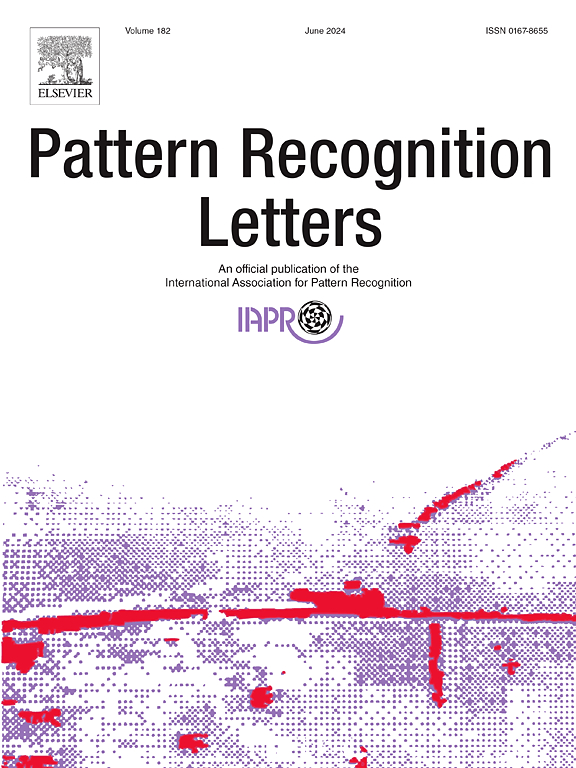CAMFND:多模态假新闻检测的跨模态自适应感知学习
IF 3.3
3区 计算机科学
Q2 COMPUTER SCIENCE, ARTIFICIAL INTELLIGENCE
引用次数: 0
摘要
近年来,人们越来越关注多模态假新闻自动识别检测。多模态假新闻检测的一个根本挑战在于不同内容模态之间固有的语义歧义。来自不同单峰来源的决策可能表现出差异,可能与来自多峰数据融合的集体见解产生不一致。为了解决这个问题,我们提出了CAMFND:一个用于多模态假新闻检测的跨模态自适应感知学习框架,旨在减少不同模态之间的语义歧义。CAMFND包括:(1)跨模态对齐模块,用于将异构单模态特征转换为共享的语义空间;(2)跨模态自适应交互模块,用于捕获语义相关性和一致性,由多模态门控融合单元计算;(3)跨模态自适应选择模块,以多模态语义匹配分数为指导,决定语义意义或偏差。CAMFND通过智能动态地组合单模态特征和识别不同模态之间的相关性来增强假新闻检测。它在低交叉模态模糊性的情况下利用单模态特征,而在高交叉模态不确定性的情况下利用交叉模态相关性。实验结果表明,CAMFND显著超越了之前的方法,并在英文Twitter和中文微博数据集上设定了新的基准,这标志着性能的显著进步。本文章由计算机程序翻译,如有差异,请以英文原文为准。
CAMFND: Cross-modal adaptive-aware learning for multimodal fake news detection
Recently, there has been a growing focus on the automatic identification of multimodal fake news detection. A fundamental challenge of multimodal fake news detection lies in the inherent semantic ambiguity across different content modalities. Decisions stemming from distinct unimodal sources may exhibit discrepancies, potentially creating inconsistency with the collective insights derived from multimodal data fusion. To address this issue, we propose CAMFND: a cross-modal adaptive-aware learning framework for multi-modal fake news detection, aiming to reduce semantic ambiguities among different modalities. CAMFND consists of (1) a cross-modal alignment module to transform the heterogeneous unimodality features into a shared semantic space, (2) a cross-modal adaptive-interactive module to capture the semantic correlation and consistency, computed by the multi-modal gated fusion unit, (3) a cross-modal adaptive-selective module to decide the semantic meaning or bias, guided by the multi-modal semantic matching score. CAMFND enhances the fake news detection by intelligently and dynamically combining features from uni-modality and identifying correlations across different modalities. It leverages unimodal features in scenarios with low cross-modal ambiguity, while utilizing cross-modal correlations in cases of high cross-modal uncertainty. The experimental results show that CAMFND significantly surpasses prior methodologies and sets new benchmarks on both English Twitter and Chinese Weibo datasets, marking a notable advancement in performance.
求助全文
通过发布文献求助,成功后即可免费获取论文全文。
去求助
来源期刊

Pattern Recognition Letters
工程技术-计算机:人工智能
CiteScore
12.40
自引率
5.90%
发文量
287
审稿时长
9.1 months
期刊介绍:
Pattern Recognition Letters aims at rapid publication of concise articles of a broad interest in pattern recognition.
Subject areas include all the current fields of interest represented by the Technical Committees of the International Association of Pattern Recognition, and other developing themes involving learning and recognition.
 求助内容:
求助内容: 应助结果提醒方式:
应助结果提醒方式:


